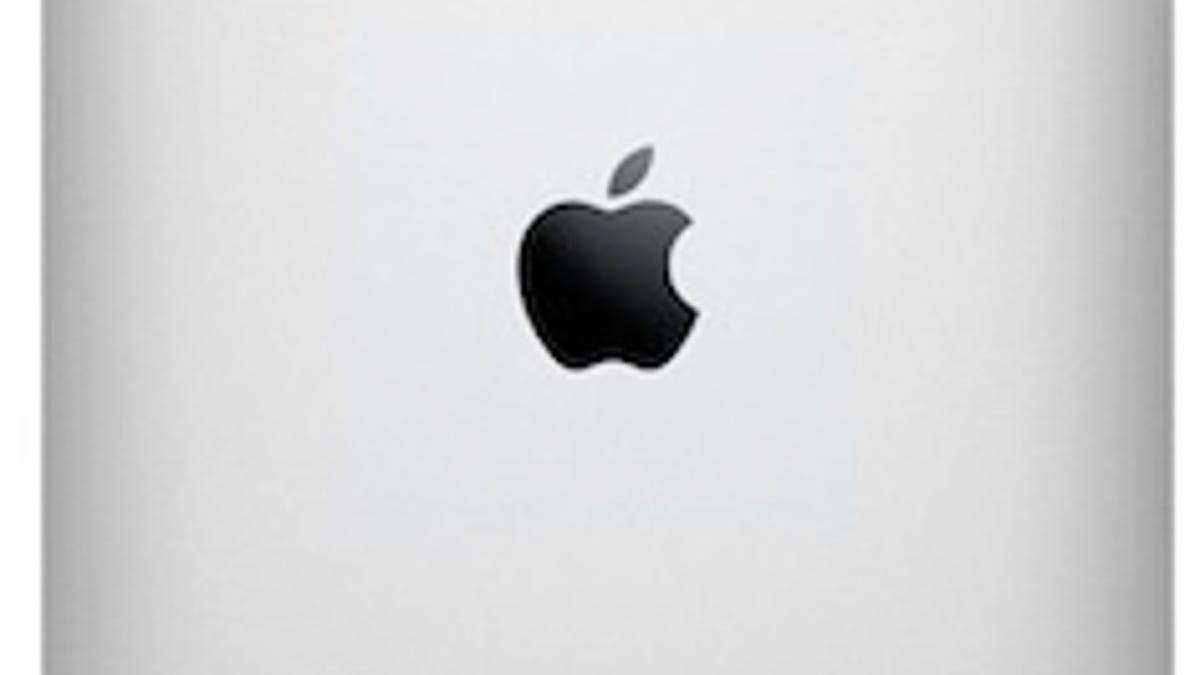Sharp IGZO display possible for iPad 3, says analyst
The iPad 3 may get Sharp's latest and greatest display tech after all, according a Japan-based analyst.

Sharp's high-resolution IGZO display technology may not be out of the running for the iPad 3, according an analyst at DisplaySearch.
Though there have been rumors claiming that Sharp's IGZO (indium gallium zinc oxide) technology did not make the cut for the iPad 3, Charles Annis, a Kyoto, Japan-based analyst at DisplaySearch, thinks Sharp still has a good shot at the iPad 3.
The iPad 3 is expected to sport a 9.7-inch 2048x1536 resolution LCD, a much higher resolution than the iPad 2's 1024-by-768 panel.
Annis spoke with CNET on Monday.
Question: So, what is the status for the iPad 3 and Sharp's IGZO display technology?
Annis: Sharp is already mass producing them [IGZO displays], there's no question about that. But you never know what Apple is going to do. And, for that matter, there's no reason LGD [LG Display] would be accepted either. Only Apple knows.
There's not a single commercial IGZO FPD [flat-panel display] available right now. And if Apple does start accepting them for the iPad 3 and starts selling then in April, that would be a world's first and we do think that's likely to happen. Our thinking [for the release date of the iPad 3] is probably around April.
What is the advantage of IGZO over more conventional technologies?
Annis: The main advantage over the conventional amorphous silicon is that IGZO has higher electron mobility which means basically more current passes through the thin-film transistor than the conventional type. That allows you to make smaller TFTs (thin-film transistors), which allows more light to come through the back of the display.
So, you either get higher brightness or you can reduce the number of LEDs at the backlight, which reduces the cost. Or you can reduce the number of optical films at the backlight, which reduces the cost. Or you can increase the lifetime of the battery. So, those are all important things for these new super-high-resolution mobile displays.
Sharp is leading but if you go to an FPD trade show you can see multiple IGZO panels from Samsung or LGD too.
Would Sharp's IGZO display be used exclusively? How would that work because Apple is also working with Korean display manufacturers?
Annis: That's a very good question and one we have been debating internally. There are examples of this historically--where Apple used different panel technologies on a single product and they didn't tell anybody. They could use a couple of different approaches.
One is that they could use IGZO-based panels only for a certain region. And the Korean amorphous silicon-based panels are sold in other regions.
I think more likely is that they would balance the specifications. Maybe, for example, the Sharp panels have higher transmittance so you can lower the backlight costs. So, they could use a different backlight that costs less than the ones being used in the models based on the Korean amorphous silicon panels. And you end up with an iPad that looks the same and has the same specs but the inside would be different. So, maybe the Sharp panel may cost more but the total package is cheaper because of the cheaper backlight. Something like that is more likely.
But it's kind of a mystery--Apple having multiple technologies for a single product.
And what are the similarities?
Annis: Actually, in a lot of other respects, the amorphous silicon panels from Korea and the IGZO panels from Sharp are pretty similar. They both use IPS [in-plane switching]...they have kind of the same liquid crystal technologies. So, they're both going to have a really wide viewing angle and good color off-axis.

